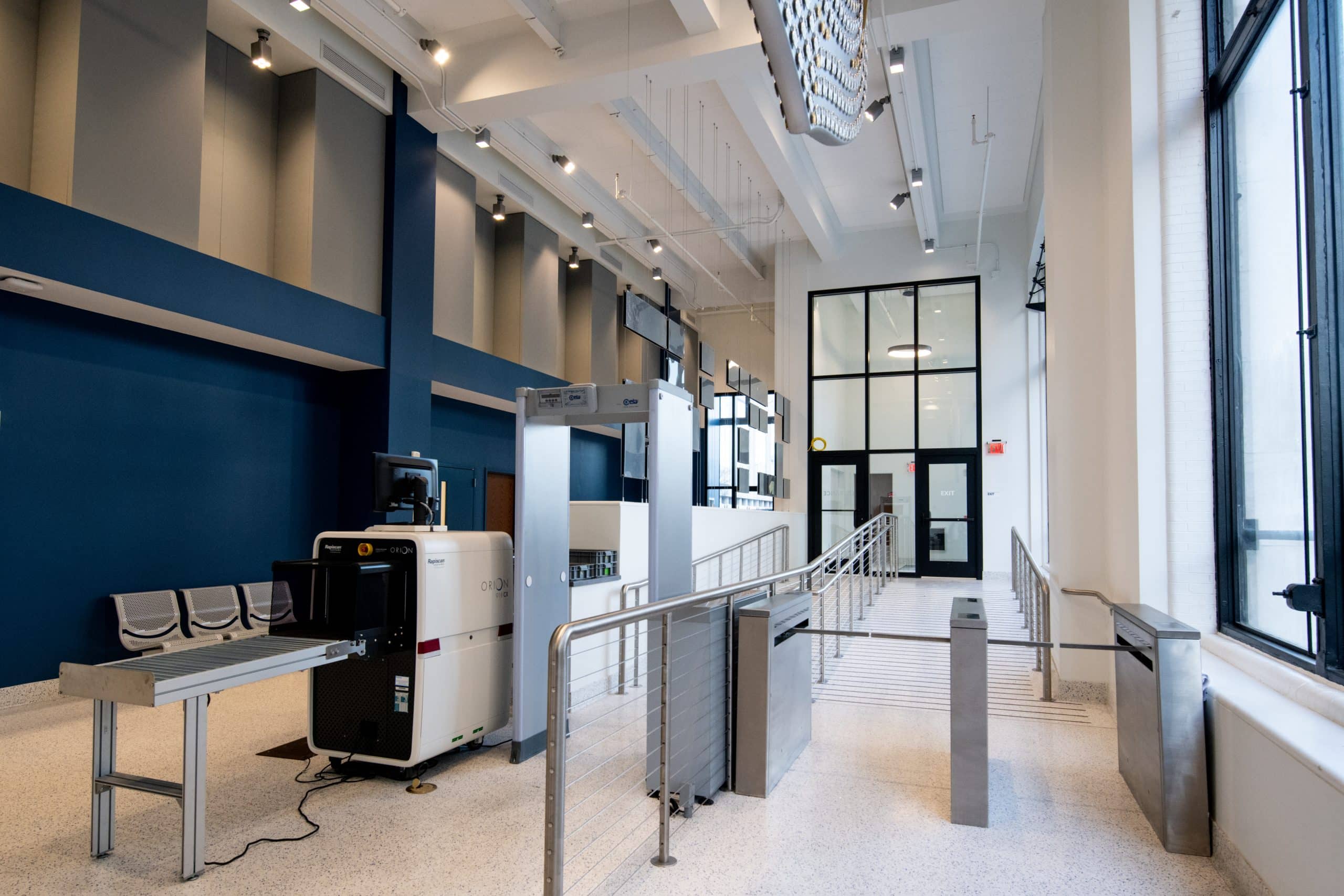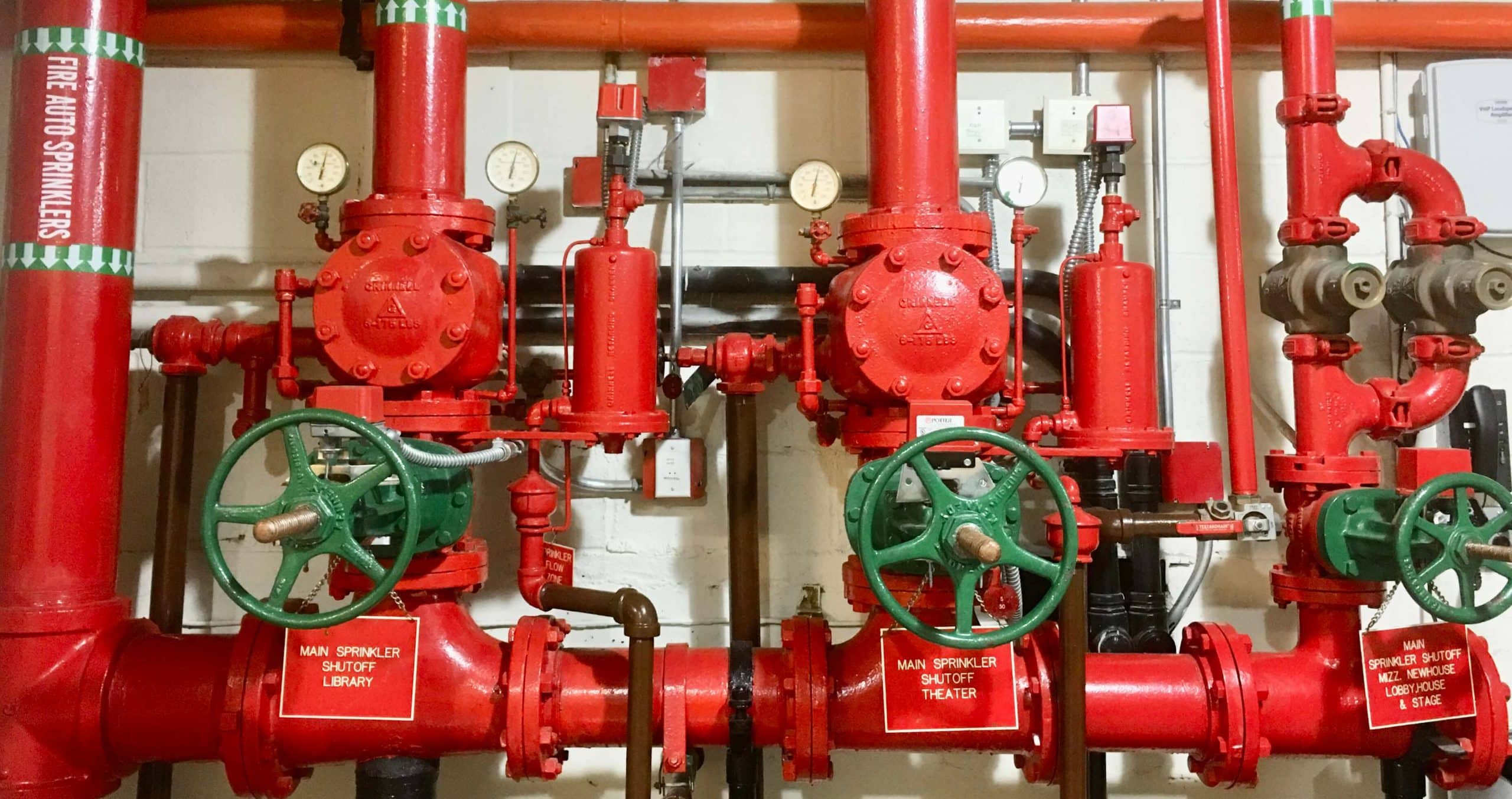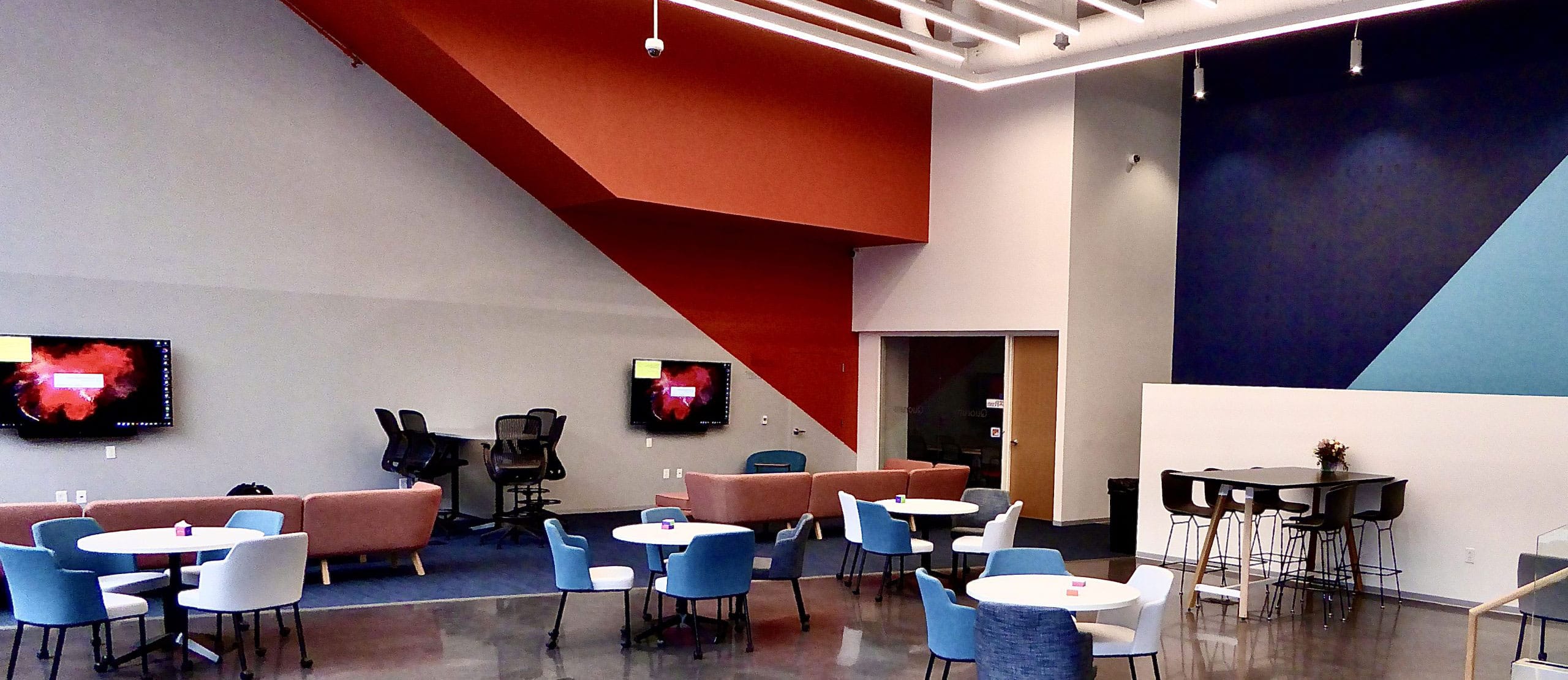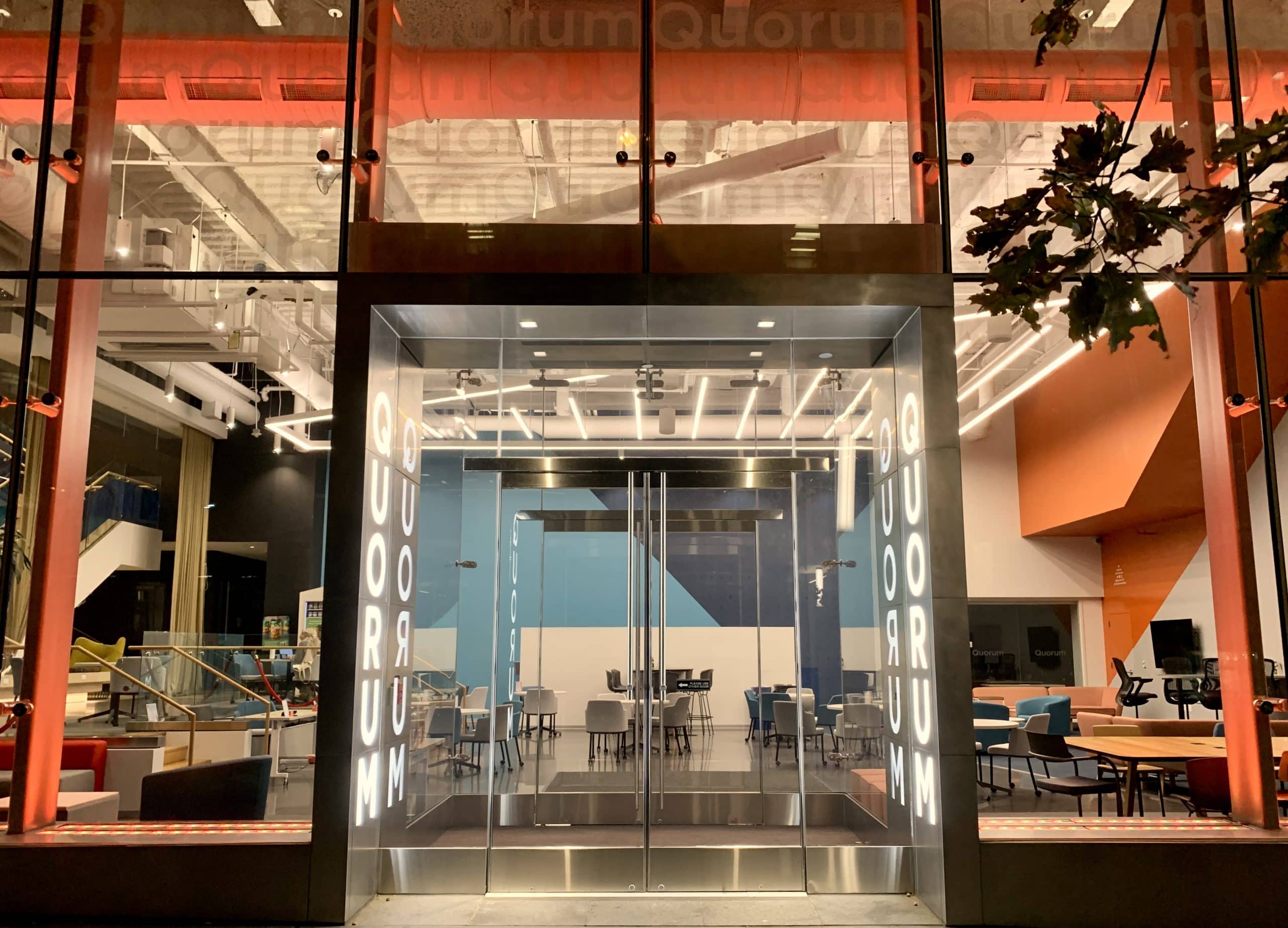As of July 5, 2016, the Joint Commission and the Centers for Medicare & Medicaid Services (CMS) have adopted the 2012 versions of both NFPA 99 (Health Care Facility Code) and NFPA 101 (the Life Safety Code or LSC). Beginning on November 1, 2016, facilities being inspected will be required to have all tests completed within the standards of NFPA 80 for all fire-rated door assemblies and annual testing will be required by July 5, 2017 for all fire-rated door assemblies (NFPA 80).
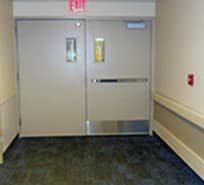
ADULT NURSING FACILITIES TO HOSPITAL FACILITIES
While sprinkler test sequencing has increased, the most important and major update to note is the annual inspection of fire-rated door assemblies. The staff of Professional Systems Engineering performs NFPA 80 door assembly and egress opening testing for institutional occupancies. These doors are located throughout the facility including occupancy separation doors, stair doors, building demising openings, horizontal exit doors, and hazardous area room doors. Among other criteria being tested for, this test is to determine: 1) whether or not the rated doors within the facility are capable of performing their function, 2) to prevent the spread of fire and smoke, and 3) how and when they were installed. The inspection looks at the door, frame, hardware, closers, gaskets, any modifications, and other listed elements to assert fitness and to assess the door assembly’s ability to perform its function and maintain the original “as-tested” listed rating. In addition to fire door assemblies, all smoke barriers, corridor wall penetrations, means of egress lighting, and emergency exit signs shall need testing for proper functionality.
In the event that a facility does not meet these requirements, the Joint Commission allows for three courses of action as follows: 1) use corrective maintenance to document and resolve issues within 45 days, 2) obtain a LSC equivalence approved by the Joint Commission, or 3) create a Plan For Improvement (PFI) in the Statement of Conditions (SOC) form. Although these allowances are available, it is much better to proactively perform LSC compliance inspections and address any deficiencies to make the accreditation inspection process much smoother.
Accreditation not only promotes a safe environment for the employees, patients, and visitors of a health care facility; it can affect eligibility for participation in programs such as Medicare and Medicaid, impact liability insurance, project the quality of care and training of the staff, and many other invaluable benefits.
UP TO 25% OF OPENINGS MAY FAIL
The Joint Commission suggests using a proactive LSC inspection to develop a Building Maintenance Program (BMP) which allows for planning and staging the repairs with minimal impact to the operation of the facility. For one large institutional facility in New York City, even large fire separation motorized entrance doors to the Metro subway were recently tested. Of course, after a dozen years of non-use the doors were frozen. This may be typical of up to 25% of all active openings in an institution. Our staff can identify and provide an efficient, economical plan of action.
PSE DOOR INSPECTION PROGRAM FOR HEALTH CARE FACILITIES
In our door inspection program, PSE performs assessments:
- Cataloging all fire separation and egress openings.
- Testing and re-testing in compliance with the NFPA 80 standard.
- Confirming gasketing, closers, coordinators, hardware, frames, leakage, labels, fire-links, and travel hardware.
- Identifying all holes, maintenance of non-standard manufacture/repairs, defects, and performance issues.
- Compilation into CMS approved spreadsheet with testing protocols and sign-offs with maintenance detailing.
INSPECTION RESULTS – DELIVERABLES
The following inspection results in the form of deliverables are included and will be physically transmitted to the Owner providing:
- An Existing Conditions Report including information for each opening visited, maintenance recommendations, and opinion of cost for repairs and lock/opening upgrade feasibility study.
- Additional retests for openings requiring maintenance to pass inspection. Provide a Record of Compliance authenticated by a trained life safety professional under supervision of a Professional Engineer, for code compliance and perform and maintain records for yearly “record of compliance” as required by CMS reporting authorities.
For more information or to schedule an assessment, contact:
Jerry ‘Dutch’ Forstater by calling 800-839-5060 x107 or by email at jif@profsyseng.com
Dan Broughton by calling 800-839-5060 x101 or by email at dhb@profsyseng.com.

